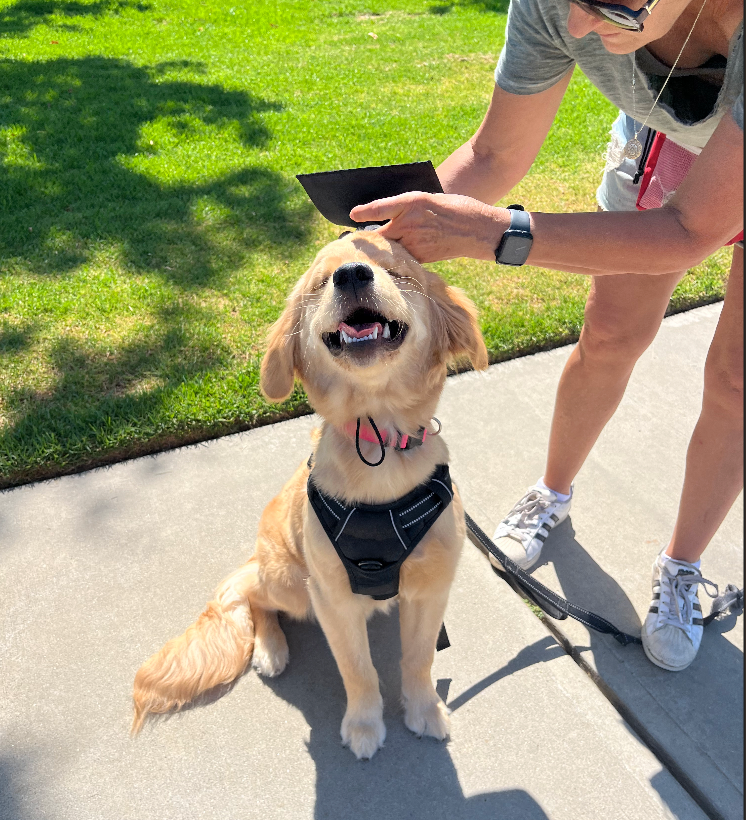
The Alpha/Domination Method
Dominating your dog?? Not around here!
I’m sure most of us have heard of Cesar Milan. When we think of him, we think of all the dogs he has helped through his training. Let me tell you, he is not a “dog whisperer”. He is a self-taught trainer who follows abrasive techniques to get to his end goal.
His techniques are also known in the dog training community as the “alpha method”. This method follows the idea that you must dominate your dog. It’s a common belief of trainers who use this method, that dogs have a pack dominance hierarchy. This belief is false. Why is knowing this important? It’s important because you do NOT need to be the alpha of your dog. They do not follow any dominance hierarchy.
The alpha method was created in the early 1900’s by one man and he later disproved his own theory. He was observing two groups of wolves in captivity. He made large assumptions when comparing domesticated dogs to the two groups of wolves. These wolves had to fight for resources. This theory was carried on for decades until people began to realize the large faults. One can not compare wolves to the average pet dog. Dogs do not live with their blood relatives, they tend to have 2+ homes throughout their lives, and they don’t need to hunt for food. Other people endorsed the alpha method until they studied wolves, and then they retracted their original findings. This was when opposing theories and statements came about. These studies led to the idea that the alpha of the pack was determined by lineage. This means mating and producing offspring would create an “alpha’s” pack.
Have you ever seen a “dog trainer” pin a dog to the floor? Have you ever seen a dog trainer cause a dog to bite them and call it training? We see this commonly with the alpha method. They will train dogs way over their threshold. (Threshold in summary means, the mental limit a dog has to an environment or stimuli before they fall into fight or flight) The alpha method pushes dogs to their breaking points. You will often see these trainers “flooding” the dog. This means they push the dog’s boundaries too much, and too fast, and that’s why we see trainers getting bit.
The alpha method has been proven to be detrimental to the well-being of the relationship between dog and owner. When training you should be within the dog’s threshold and moving at their pace. Aggressive dogs or not, we should not be provoking a dog to bite.
You may ask why we should not pin our dogs when they don’t listen. Let me ask you, why should we? There is a kinder and gentler way to set boundaries and enforce rules with your pup. Your dog doesn’t understand being pinned to the ground. It instills fear and can further the possibility of your dog biting you. Canine brains have nearly identical brain structure to human brains. If your kid didn’t listen, would you pin them to the floor? If your husband or wife broke your laptop, would you shove it in their face and slap them? Just because dogs cannot talk to us does not mean they feel less.
If you try to “intimidate” your dog in any sense, stop now. Observe how the bond will change, and how they will trust you more. If your dog understands what they are being asked, and they do not fear the result of disobeying, both you and your dog will be less stressed. Please reach out to us with questions if you are unsure if any of the techniques you currently use are under the umbrella of the “alpha method”.
This is not to say that dogs should not have consequences for their actions. However, there is an ethical line between what is an appropriate punishment and what is mean and potentially abusive.
We summarised the general background of the alpha method in this post. We also discussed that the method should not be used. There is plenty more information on the topic so, here are sources to provide further research options on the topic:
“Since our dogs already know who’s the boss, there’s no need to resort to severe displays of dominance when they misbehave” – quote by dog behavior expert, Clive Wynne
https://news.asu.edu/20210805-discoveries-myth-alpha-dog
“After 15 years in the business of training dogs and their owners, I can confidently say that alpha training is not helpful. Any method where people are supposed to be dominant over a dog, train with intimidation or force, give dogs corrections (punishment), or force dogs into submission, is not a good approach for dog training!” – Quote by dog trainer, Gordon Fontaine of Zen Dog Training
https://zendogtraining.net/being-your-dogs-alpha/#

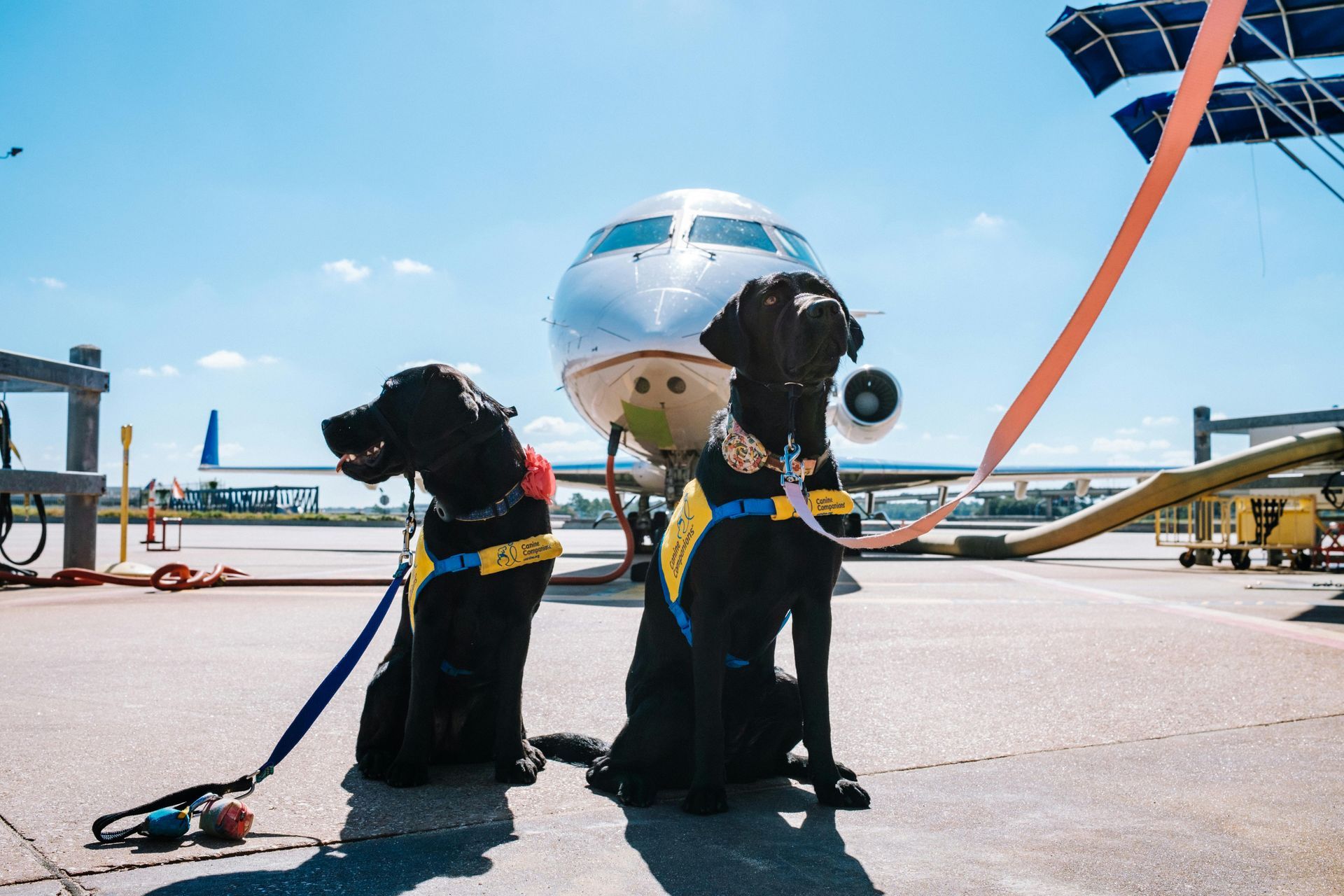
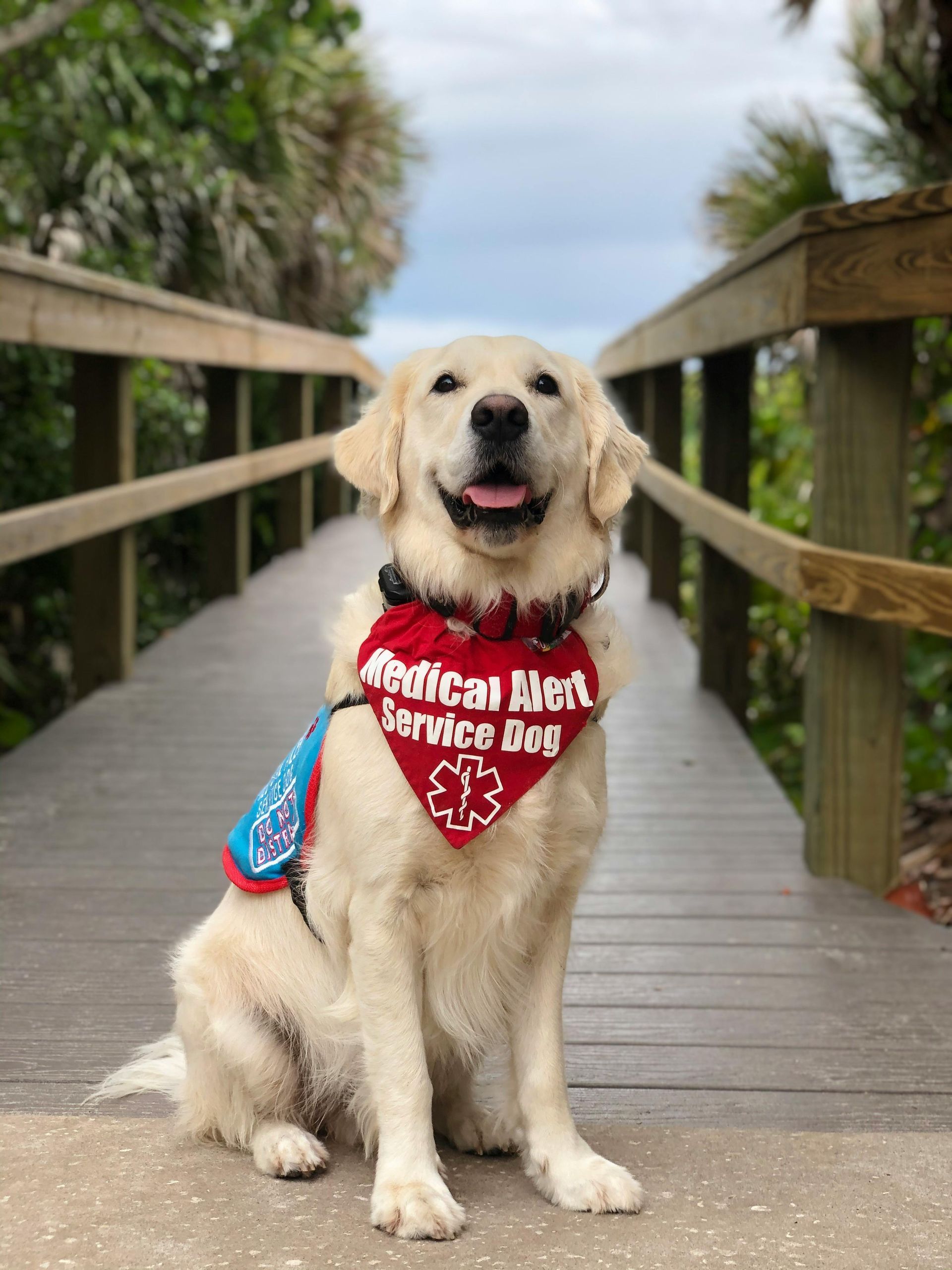
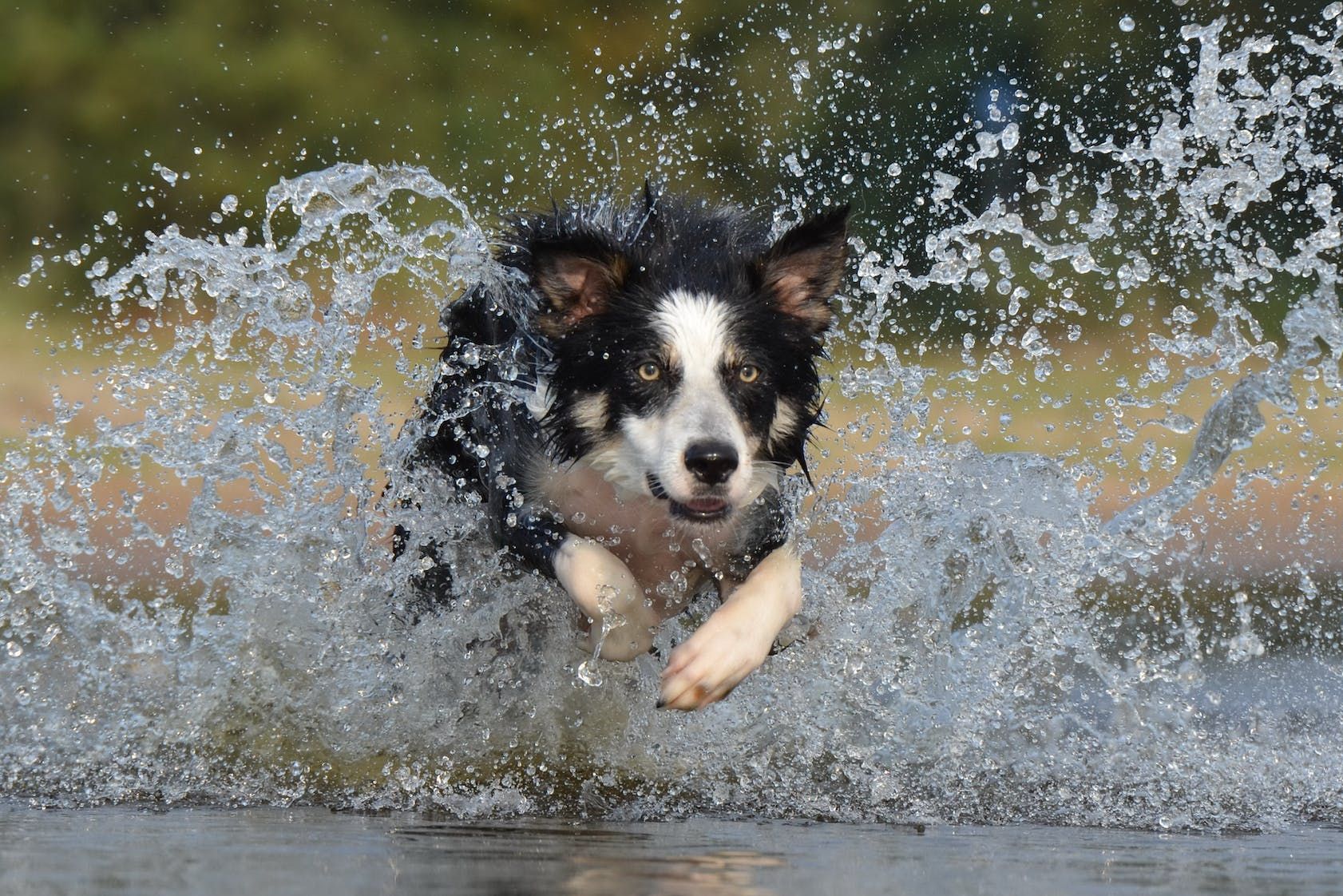

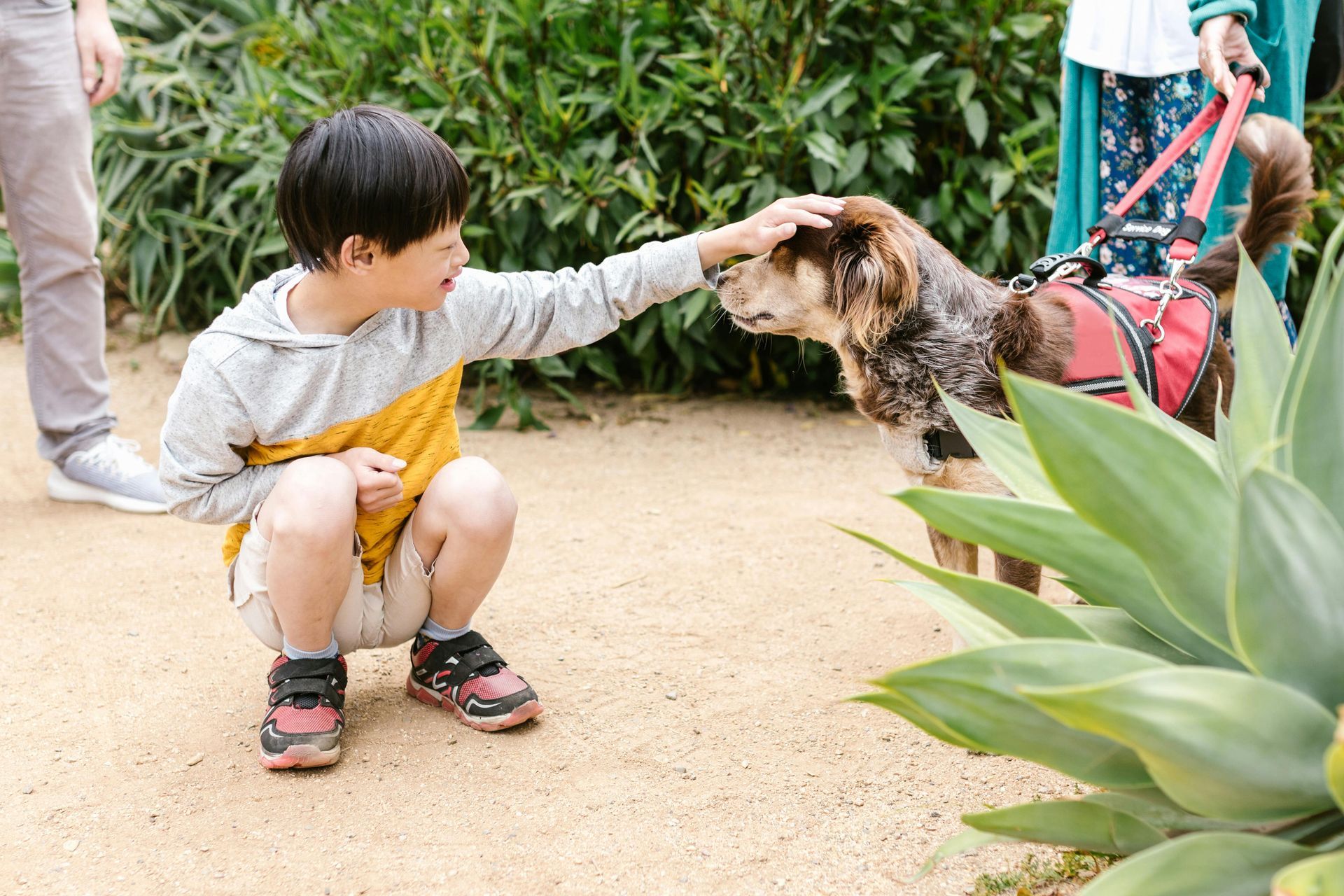
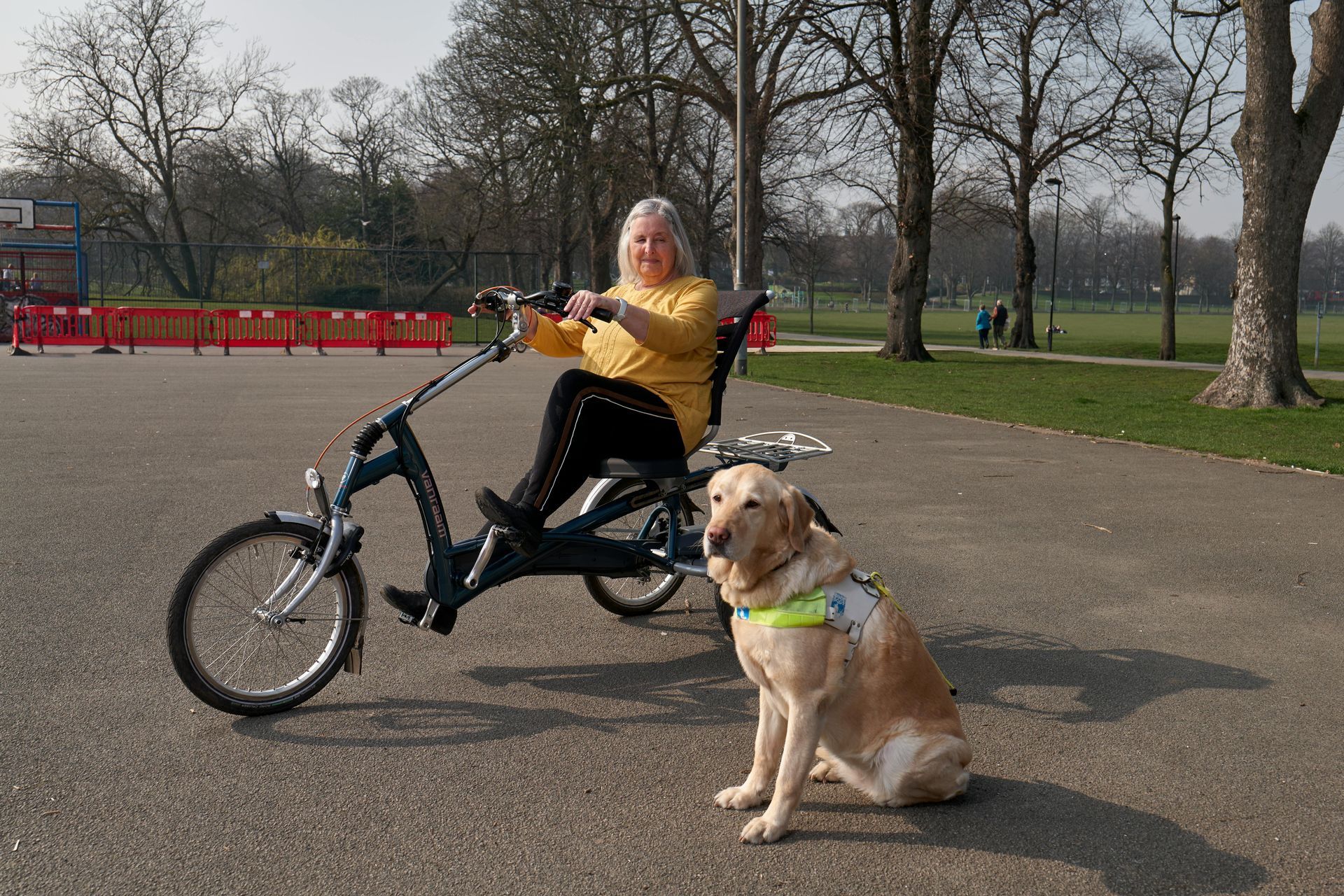
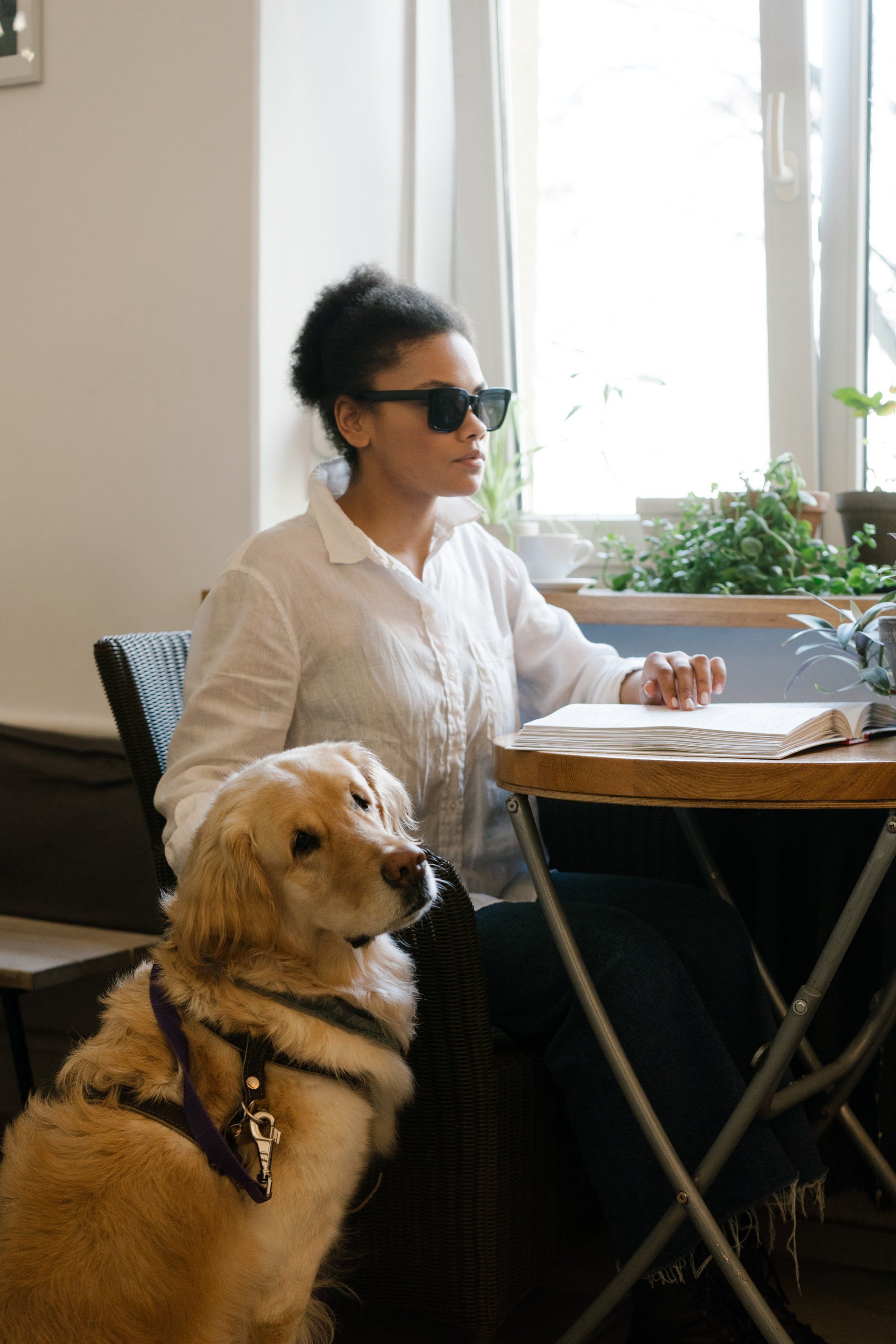

Our proven training methods are designed to fit your unique needs, so you can focus on what truly matters:
- ✅ A dog that listens in public, even with distractions.
- ✅ A reliable partner who can actually perform life-changing tasks.
- ✅ The confidence that you’re doing everything the right way.
This Training Is
for You If...
- You’re serious about training a reliable service dog.
- You want expert guidance but need flexibility in your schedule.
- You’re struggling with obedience, task training, or public access skills.
- You need a clear, structured training plan to follow.
If this sounds like you, you’re in the right place.
This Training Is
NOT
For You If...
- ❌ You’re looking for a quick-fix solution—training takes dedication and patience.
- ❌ You don’t want to actively participate in your dog’s training.
- ❌ You need a fully trained service dog provided for you.
- ❌ You don't have a disability recognized by the ADA.
Online Service Dog Training
Let's Train Your Service Dog!
- 🔹 No more confusion.
- 🔹 No more wasted time.
- 🔹 Just real progress, real results, and a service dog you can truly rely on.
Don't Miss Out! Free Consults Are Ending Soon
Free Consultations Are Ending Soon!
We will get back to you as soon as possible.
Please try again later.

CONTACT US
Phone: (480) 879-5686
OUR LOCATION
Serving People with Disabilities Nationwide
All Rights Reserved | No Paws Like Home: Tasking Tails Terms | Policies | Disclaimer | Template from Make It As A Dog Trainer | Hosted by Makena Creative
